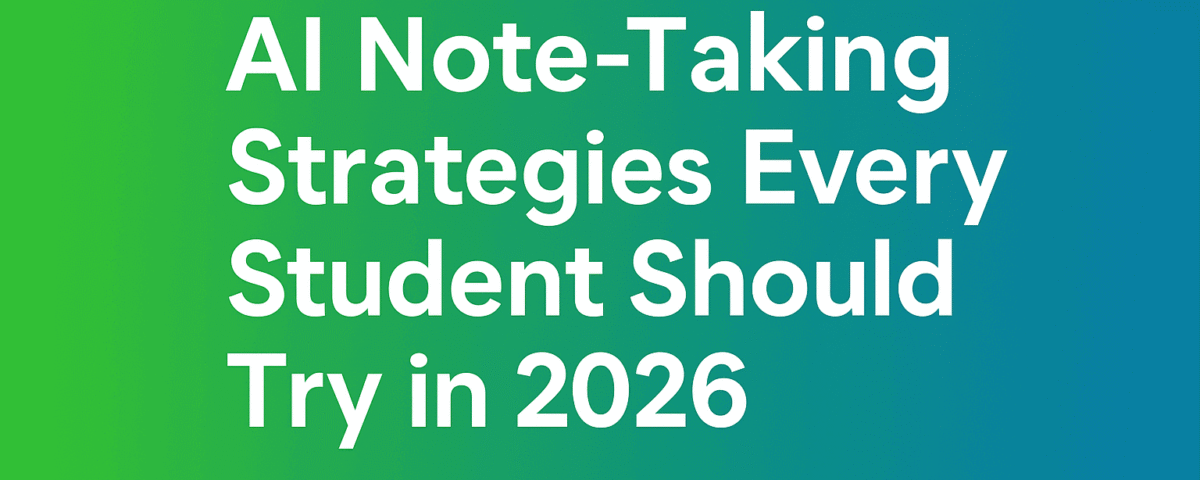Artificial Intelligence (AI) is no longer just a tool for tech giants. Small business owners are increasingly using AI to save time, increase efficiency, and make smarter decisions. Whether you run a small online store, a service business, or a local café, AI can help you streamline operations, improve customer experience, and even grow revenue.
At Learnaimind, we believe that AI should be accessible for everyone, even if you have no technical background. In this guide, we’ll walk you through practical ways small businesses can use AI, beginner-friendly AI tools, and actionable tips to implement AI without feeling overwhelmed.
Why AI Matters for Small Business
Many small business owners hesitate to adopt AI because it seems complicated or expensive. But in reality, AI can be simple and cost-effective, even for beginners. Here’s why it matters:
- Automates Repetitive Tasks – From managing emails to scheduling posts, AI saves time.
- Improves Decision-Making – AI analyzes data faster than humans, helping you make smarter choices.
- Enhances Customer Experience – Chatbots, recommendation engines, and personalized marketing improve customer satisfaction.
- Boosts Efficiency – AI can optimize inventory, predict sales trends, or automate accounting tasks.
Even if your business is small, AI levels the playing field, giving you tools that previously only large companies could afford.
Step 1: Understand Your Business Needs
Before diving into AI tools, it’s important to identify areas of your business where AI can help. Ask yourself:
- Which repetitive tasks take too much time?
- Where do I need better insights or data analysis?
- Could my customers benefit from faster or more personalized service?
- Which marketing tasks can I automate or improve?
For example:
- A small retail store might use AI for inventory management or predicting which products will sell best.
- A local café could use AI chatbots for online orders or customer loyalty programs.
- An online store might implement AI for personalized recommendations, email marketing, or social media scheduling.
By understanding your needs first, you’ll choose the right AI tools instead of trying everything at once.
Step 2: Use AI for Marketing
Marketing is one of the easiest areas for small businesses to adopt AI. Here are some practical ways AI can help:
1. AI-Powered Email Marketing
AI tools can help you segment your audience, personalize emails, and optimize sending times.
- Example: If you run an online shop, AI can suggest products to customers based on their past purchases.
- Tools for Beginners: Mailchimp, Sendinblue, HubSpot.
Practical Tip: Start by letting AI suggest subject lines or optimal send times. You don’t need to automate everything at first.
2. Social Media Automation
AI can analyze engagement data to suggest the best posting times and content types. Some tools even create captions or suggest hashtags.
- Tools for Beginners: Buffer, Hootsuite, Lately AI.
Practical Tip: Pick one social media platform to start. Let AI handle scheduling while you focus on creating content.
3. Content Creation Assistance
AI writing tools can help you generate blog posts, ad copy, or product descriptions quickly.
- Tools for Beginners: Jasper, Copy.ai, Writesonic.
Practical Tip: Always review AI-generated content to ensure it matches your brand voice.
Step 3: Improve Customer Support with AI
Customer service can be time-consuming, especially for small businesses. AI can help:
1. Chatbots for Immediate Support
AI chatbots can answer frequently asked questions, take orders, or schedule appointments 24/7.
- Tools for Beginners: Tidio, ManyChat, Drift.
Practical Tip: Start with a basic FAQ bot and expand it as you see common questions from customers.
2. Sentiment Analysis
Some AI tools can analyze customer feedback or social media comments to detect positive or negative sentiment.
- Benefits: Quickly spot unhappy customers and resolve issues proactively.
- Tools for Beginners: MonkeyLearn, Lexalytics.
Practical Tip: Use sentiment analysis to track trends rather than individual comments at first.
Step 4: Optimize Operations with AI
AI can also streamline internal operations, saving time and reducing errors.
1. Inventory Management
AI can predict demand, manage stock levels, and prevent overstocking or stockouts.
- Tools for Beginners: TradeGecko, Zoho Inventory, NetSuite.
Practical Tip: Start with a small product category and see how AI predictions compare to your actual sales.
2. Accounting & Financial Insights
AI can automatically categorize expenses, forecast cash flow, and detect anomalies.
- Tools for Beginners: QuickBooks, Xero, Expensify.
Practical Tip: Begin with simple expense categorization and gradually explore forecasting features.
3. Scheduling & Workflow Automation
AI can help you schedule meetings, assign tasks, and manage workflow efficiently.
- Tools for Beginners: Trello + Butler, Asana, Calendly AI.
Practical Tip: Automate low-priority repetitive tasks first, like scheduling emails or reminders.
Step 5: Leverage AI for Sales Growth
AI isn’t just about efficiency — it can directly increase revenue.
1. Personalized Recommendations
- AI can suggest products or services based on customer behavior.
- Example: An online store recommending accessories to a buyer of shoes.
- Tools for Beginners: Shopify AI, Recombee.
2. Sales Forecasting
- Predict future sales trends to plan promotions or inventory.
- Tools for Beginners: Salesforce Einstein, Zoho Analytics.
3. Lead Scoring & Customer Insights
- AI can score leads based on likelihood to purchase, helping your sales team focus on the most promising opportunities.
- Tools for Beginners: HubSpot, Pipedrive.
Step 6: Track Results and Improve
AI works best when you measure performance and adjust strategies.
- Marketing: Track email open rates, ad performance, and social engagement.
- Operations: Monitor inventory accuracy, workflow efficiency, and task completion.
- Sales: Compare forecasted vs actual sales and customer purchase patterns.
Practical Tip: Start small and focus on one metric at a time. Gradually expand AI use as you learn what works.
Step 7: Start Small and Scale Gradually
AI doesn’t have to be complicated. Start with one area of your business, test it, and expand gradually.
- Example: Begin with an AI chatbot for customer questions. Once comfortable, add AI email marketing or sales forecasting.
- Tip: Always combine AI with human oversight — AI enhances your decisions, it doesn’t replace them.
Top AI Tools for Small Business Beginners
Here’s a quick list of beginner-friendly AI tools mentioned in this guide:
| Area | Tool | Description |
|---|---|---|
| Marketing | Mailchimp | AI-powered email marketing & audience segmentation |
| Marketing | Buffer / Hootsuite | Social media scheduling & analytics |
| Marketing | Jasper / Copy.ai | AI content generation for blogs & ads |
| Customer Support | Tidio / ManyChat | Chatbots for FAQs & orders |
| Customer Support | MonkeyLearn | Sentiment analysis & feedback monitoring |
| Operations | Zoho Inventory / TradeGecko | Inventory management & demand prediction |
| Operations | QuickBooks / Xero | Accounting & financial insights |
| Workflow | Trello + Butler / Asana | Task automation & workflow management |
| Sales | Shopify AI / Recombee | Product recommendations & personalization |
| Sales | Salesforce Einstein / Zoho Analytics | Sales forecasting & lead scoring |
Final Tips for Using AI in Small Business
- Focus on business needs first – Identify the areas that take the most time or generate the most revenue.
- Choose beginner-friendly tools – Start with AI solutions that don’t require coding.
- Test and iterate – Monitor results, adjust, and expand gradually.
- Combine AI with human judgment – AI is a tool, not a replacement for critical thinking.
- Keep learning – Follow blogs, newsletters, and tutorials from trusted sources like Learnaimind.
Conclusion: AI is for Everyone
AI is no longer reserved for tech experts. Small businesses can leverage AI to save time, improve decisions, enhance customer experience, and grow revenue.
At Learnaimind, we make AI simple, accessible, and practical for beginners. By starting small, experimenting with easy tools, and gradually expanding, you can use AI to transform your small business without feeling overwhelmed.
✨ Start your AI journey today — explore beginner-friendly courses, mini projects, and AI tools on Learnaimind.







